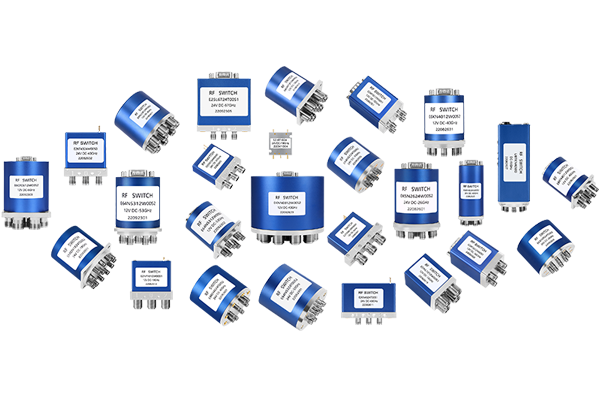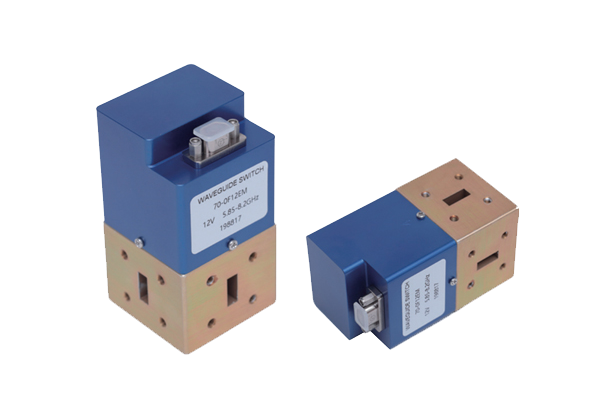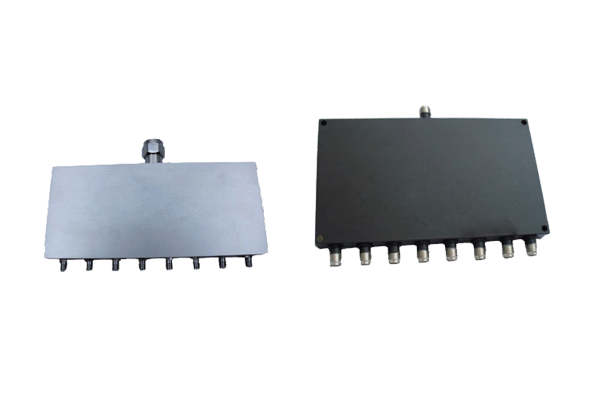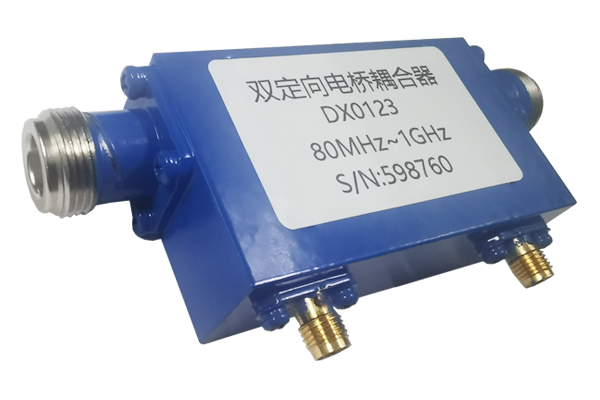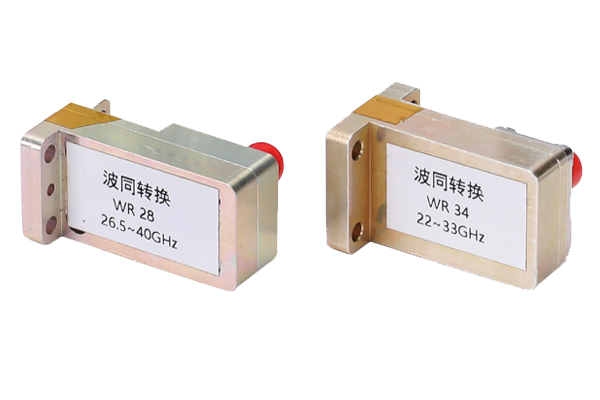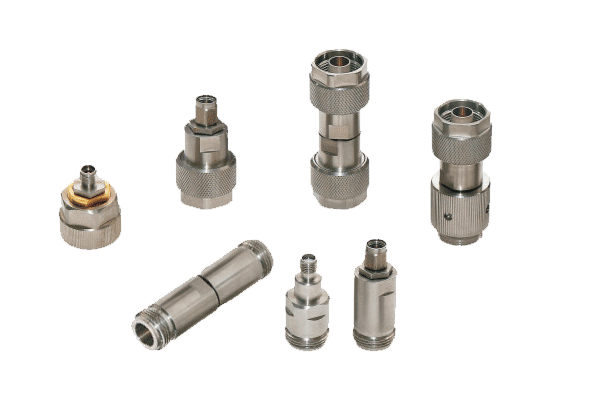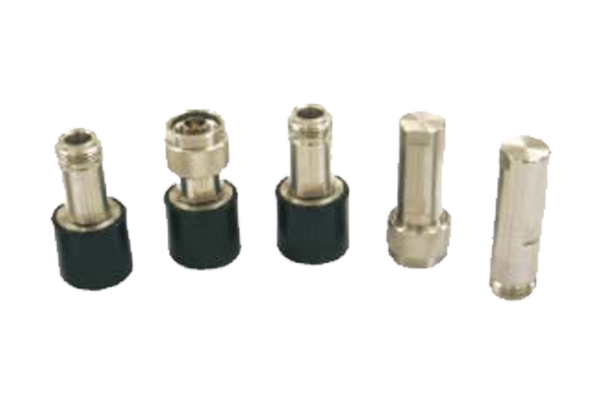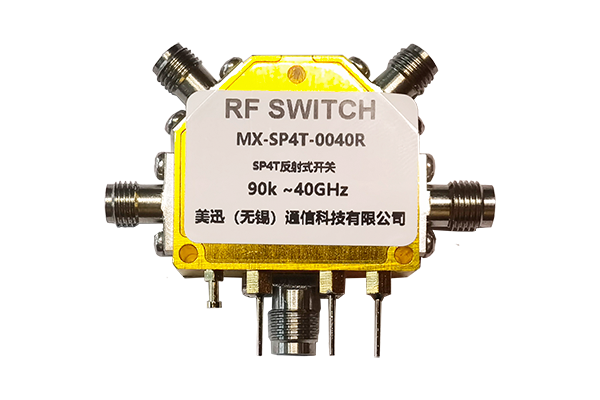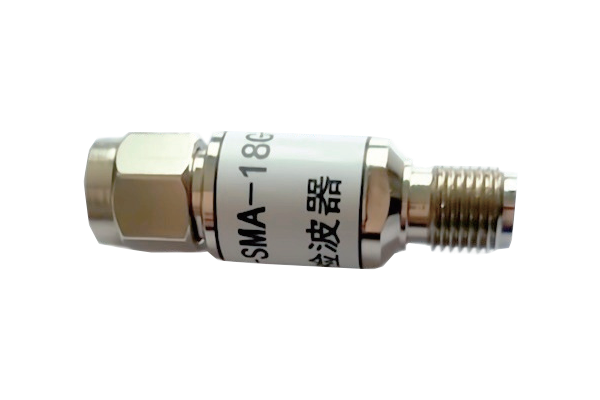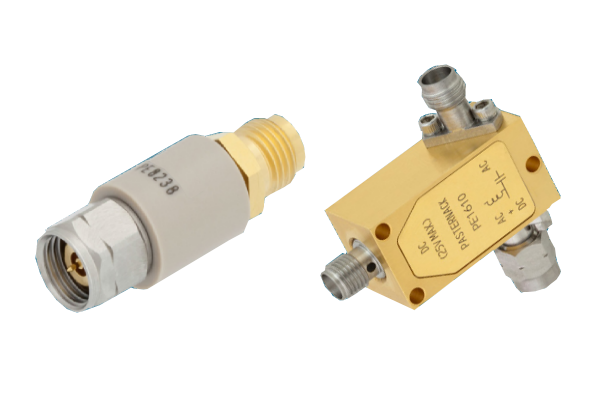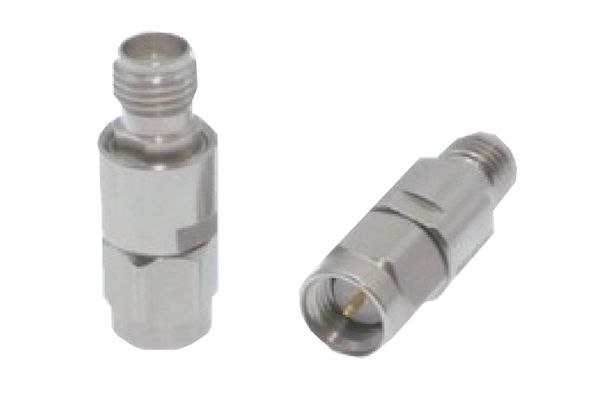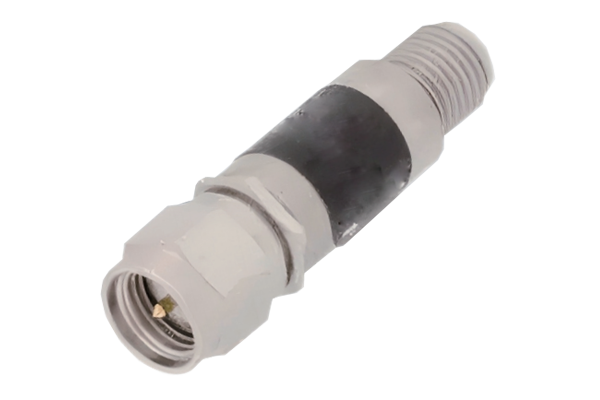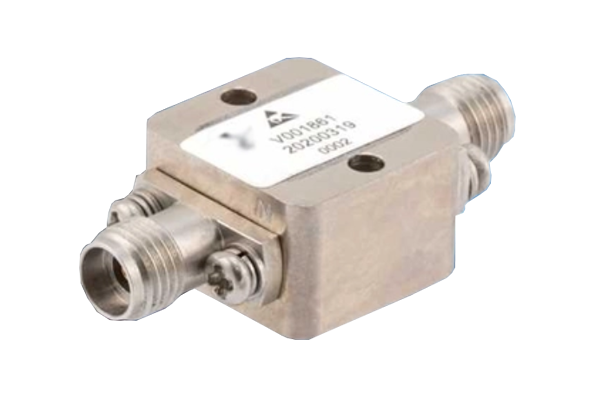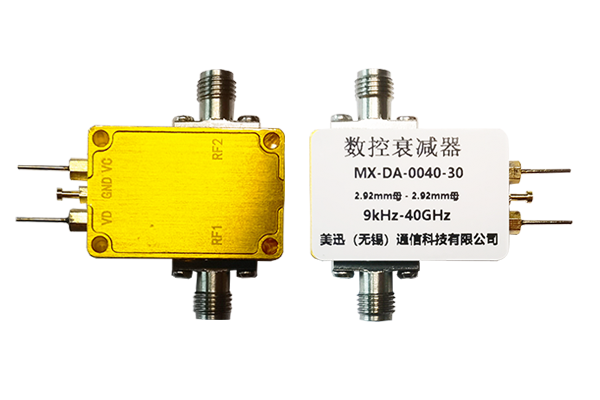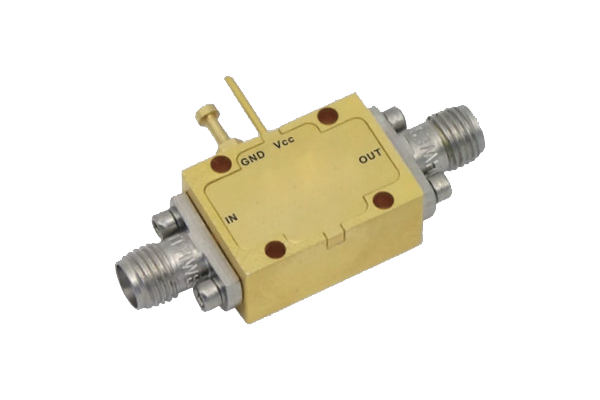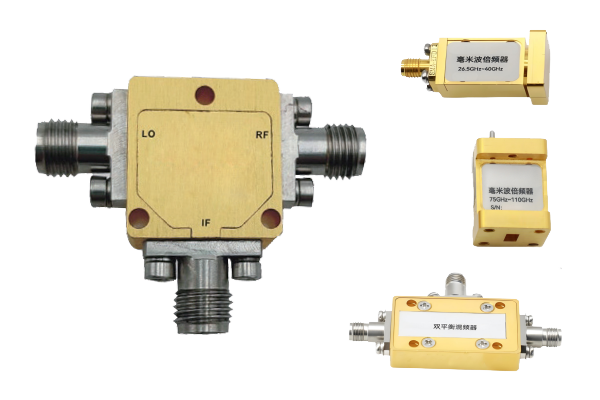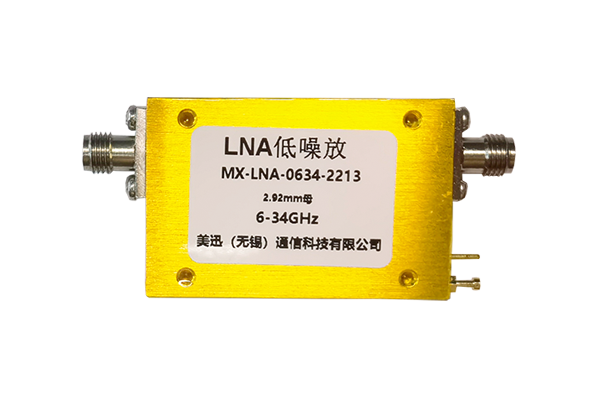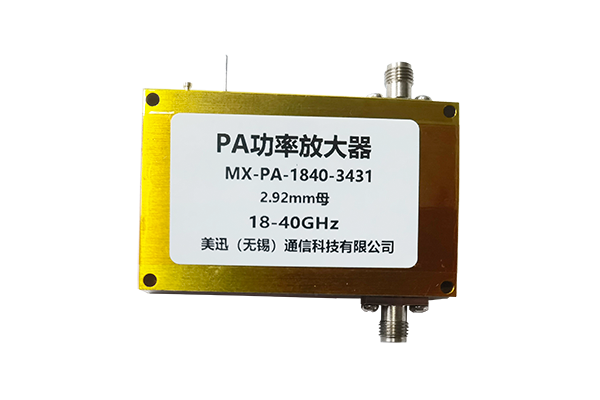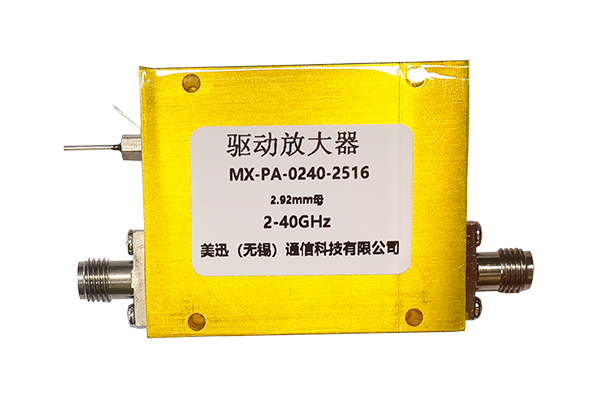How does a pin diode switch achieve high frequency switching
High-Frequency PIN Diode Switching Techniques
1. Low Parasitic Components in Device Structure
- Thin I-Layer Design: 1-μm I-layer reduces Cj <0.1 pF for 10+ GHz operation
- Epitaxial Growth: High-purity layers enhance carrier mobility
- Package Engineering: CSP/SMT with CPW achieves Lp <1 nH
2. High-Speed Biasing Circuits
Fast Bias Switching
- 5–20V step inputs via ECL/GaAs drivers
- 10V reverse bias: 100ns → <10ns turn-off
Current-Mode Control
- 100mA pulses enable sub-ns turn-on
- Mitigates RC time constant limits
3. Material Innovations
| Material | Advantage | Performance |
|---|---|---|
| SiC/GaN | High electron mobility | 20GHz @ <5ns switching |
| Graphene | >200k cm²/V·s mobility | Sub-100ps lab results |
4. Circuit Optimization
- Matching Networks: <0.5dB loss @ 18GHz
- Distributed Topologies: 40GHz broadband switching
- Active Feedback: Compensates thermal drift



